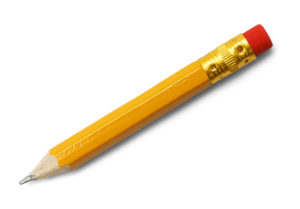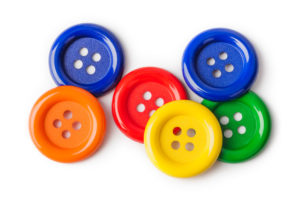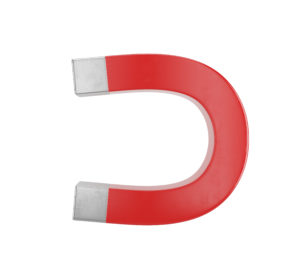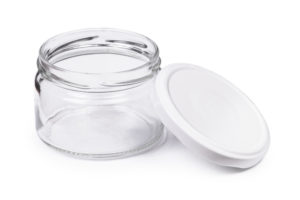Conductors and
Insulators
Vocabulary
Read the vocabulary terms to understand the reading better.
Charge
A charge is a quantity of electricity that is related to the balance of electrons and protons in an object; too many negative electrons result in the shock, or jolt, in static electricity.
Conductor
A conductor is a material or substance that allows electricity to flow through it.
Electrical Cords
Electrical cords are devices that conduct, or move, electricity from a power source to a device that is powered by electricity, such as a lamp or a stove.
Electricity
Electricity is a form of energy that has positive and negative forms that occur naturally (such as in lightning) or can be produced (such as in a generator) and is the result of electrons moving and interacting together.
Insulator
An insulator is a material or substance that does not allow electricity to flow through it.
Electricity flows through wires to make devices work. Electrical wires run through the walls in a house. Can electricity flow through all types of material? No. Some materials block the path of electricity.
A conductor is any material that electricity can flow through easily. Metals, water, and people all conduct electricity. Metal conducts electricity best.
An insulator is any material that electricity cannot flow through. An electric charge cannot move easily through rubber, plastic, glass, or wood.
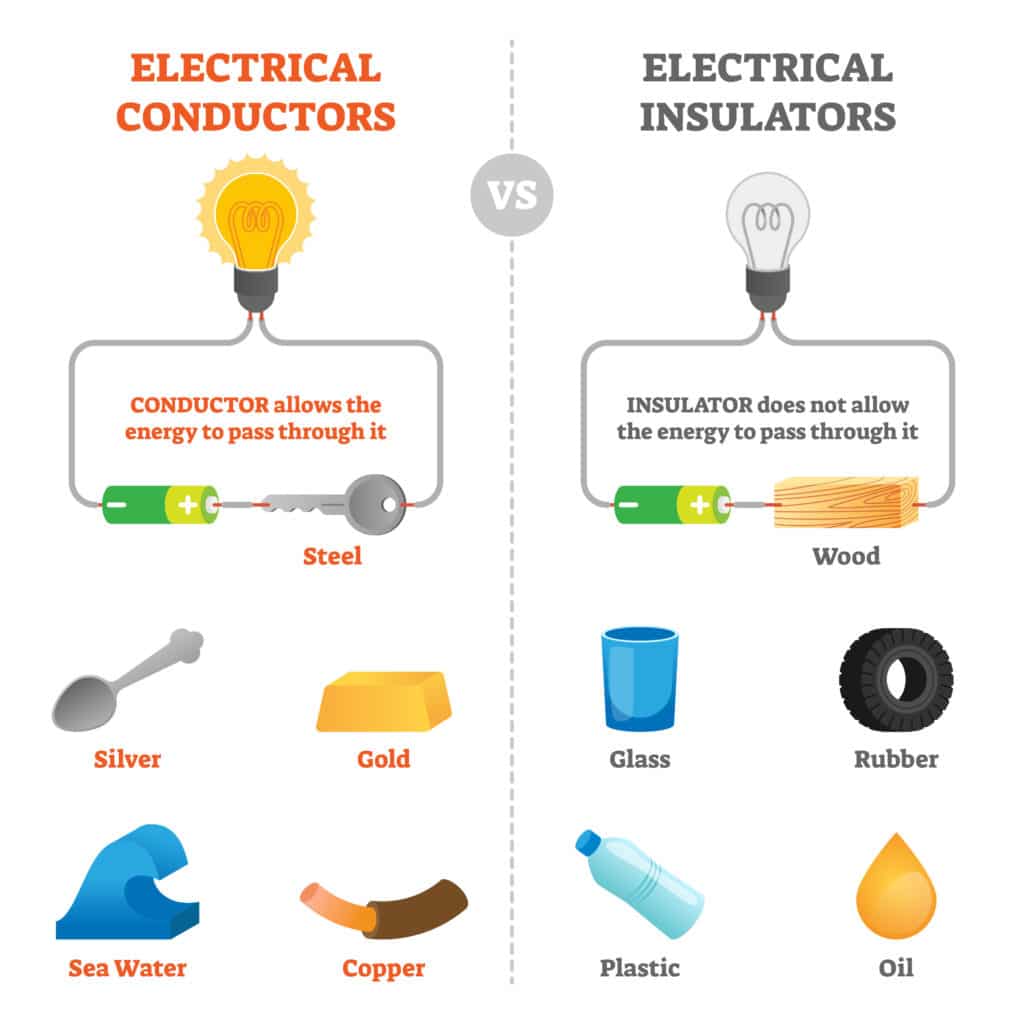
Conductors and Insulators in Daily Life
Electrical cords on devices such as televisions and lamps are covered in plastic. Inside the plastic is a metal wire. These metal wires are often made of copper. Copper is a good conductor.
Electricity flows through the wire, but not through the plastic. That means you can touch the cord without getting a shock.
When electricians work, they protect themselves by wearing thick rubber gloves. The gloves prevent electricity from flowing into the worker.
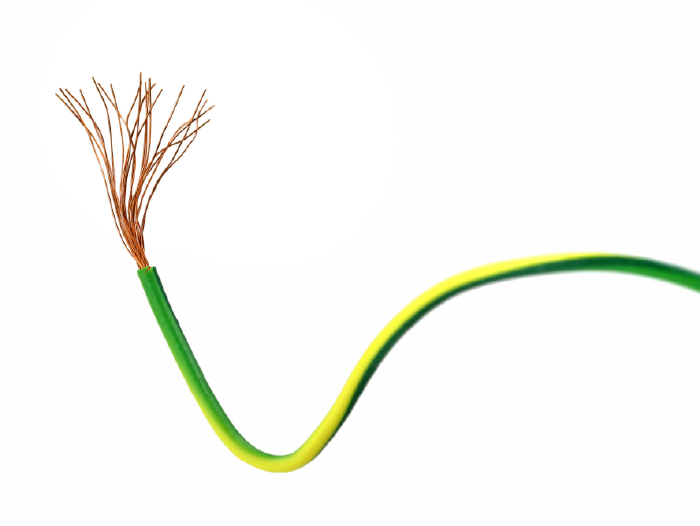
To learn more about conductors and insulators, watch the video by MooMooMath and Science on YouTube.
Show What You Know!
Complete some questions about the reading selection by clicking “Begin Questions” below.

